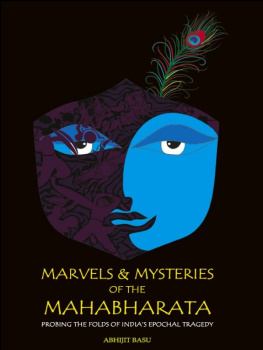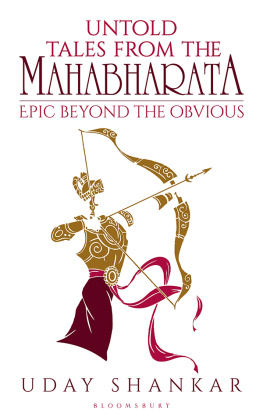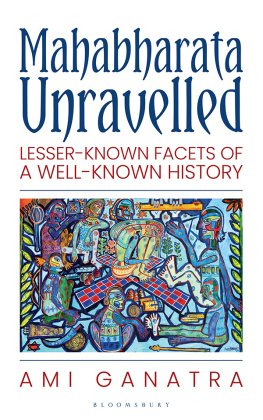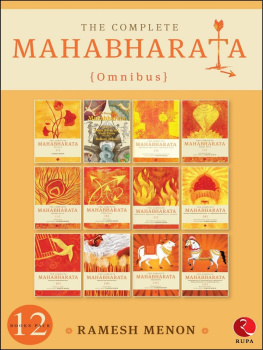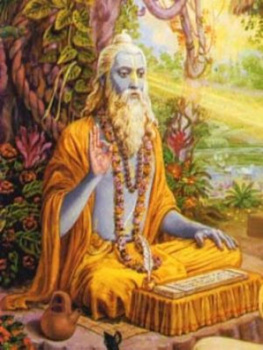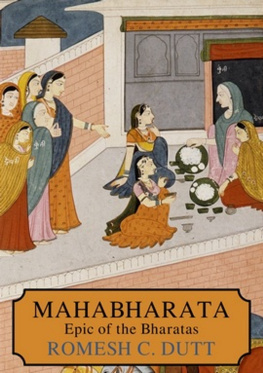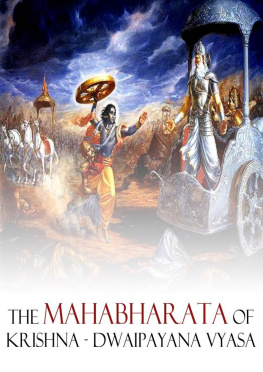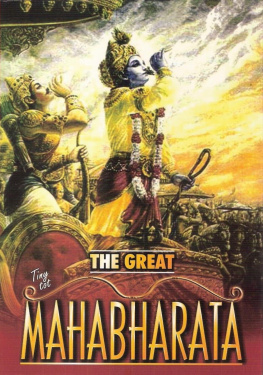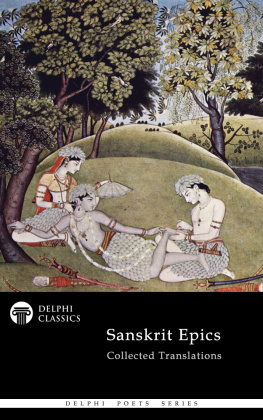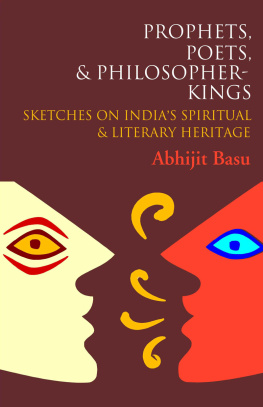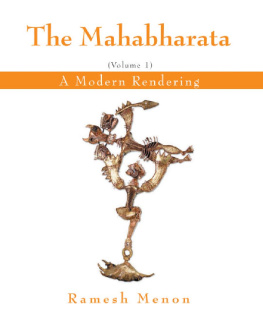
ISBN 978-93-81836-78-1
Abhijit Basu, 2013
Cover Brand Masala
Layouts Chandravadan R. Shiroorkar, Leadstart Design
Editing Suchita Vemuri
Printing Repro India Ltd
Published in India 2013 by
PLATINUM PRESS
An imprint of
LEADSTART PUBLISHING PVT LTD
Trade Centre, Level 1, Bandra Kurla Complex
Bandra (E), Mumbai 400 051, INDIA
T + 91 22 40700804 F +91 22 40700800
E info@leadstartcorp.com W www.leadstartcorp.com
US Office Axis Corp, 7845 E Oakbrook Circle, Madison, WI 53717, USA
All rights reserved worldwide
No part of this publication may be reproduced, stored in or introduced into a retrieval system, or transmitted, in any form, or by any means (electronic, mechanical, photocopying, recording or otherwise), without the prior permission of the Publisher. Any person who commits an unauthorised act in relation to this publication can be liable to criminal prosecution and civil claims for damages.
Disclaimer The views expressed in this book are exclusively those of the Author and should not be construed to be held by the Publisher.

To
Ratna, Manu, Urmi & Vihit

ABOUT THE AUTHOR
ABHIJIT BASU , one-time research scientist and former adminis-trator of government finances, is presently engaged as part-time independent director in the corporate sector. An avowed ad-mirer of the ideal of the Renaissance Man, Basu has also been a life-long follower of the liberal arts, especially Sanskrit, English and Bengali literature, and history, apart from his keen interest in the sciences.
Of late, Basu has been busy as an author and polymath editor, covering a broad spectrum of topics and ideas. His first book, a collection of critical, scholarly and absorbing essays, titled Prophets, Poets and Philosopher-Kings: Sketches on Indias Spiritual & Literary Heritage (Celestial Books 2012), was well received: Versatile scholar Abhijit Basus analytical and interdisciplinary research into the eternal and transnational relevance of the overwhelming ancient India, enriched with lucid prose and current bibliography, is invaluable for aspiring researchers and students of literature and cultural studies. (The Tribune, 20 May 2012.)
Basu hails from an old Kolkata-based house of civil servants, professionals and academics. He considers himself blessed in having had gentle exemplars as parents, and now an attached family to shower affections upon. Abhijit Basu can be reached at: a_basu5@yahoo.com
C ONTENTS
INTRODUCTION
The Mahabharata ~ Some Nuances, Some Facts
APPENDICES
I NTRODUCTION
THE MAHABHARATA ~ SOME NUANCES, SOME FACTS
Vyasas Mahabharata , with its enormous spread and depth, has engaged readers and writers through the ages in search of ever-newer insights. The introductory words of Sauti that while some can memorise the epic, others are inspired to comment upon it are as true today as on the occasion of its pristine narration in the old Naimisha grove. The Great Epic of India is a narrative apart. It is unique in its multiplicity of facets: as literature in the form of poetic drama; as a chronicle comprising a core of history overlaid with legend and myth; and as an encyclopaedia of ancient philosophy (with the Bhagavad-Gita as an eternal bequest to mankind), secular knowledge and thought. The grand appeal of the Mahabharata lies in this plurality of characteristics something not found matched by any other epic of the world.
The Mahabharata is more regaling to those who look at it with a macro-vision rather than with a narrow tunnel-view. Admittedly, it has a good deal of mythical content. But its value as great literature sinks in only when there is a willing suspension of disbelief . After all, supernatural episodes like Yudhishthiras exchanges with the crane-guard ( baka-yaksha ), or his last great journey to heaven, are quintessential to the Mahabharata s timeless charm. Then again, is Yudhishthira himself fact or fiction? Vedic literature makes no reference to him, though his (or rather his brother Arjunas,) descendants Pareekshit and Janamejaya find mention therein. Panini, of the late Vedic age, does however illustrate the grammatical significance of his name. Similarly, for all the perceived layers of didactic deposits on the Krshna story, there plausibly was a towering personality at the core of those abiding legends. True, the battle of Kurukshetra was not quite as calamitous as some modern wars the world has seen, yet it is hard to discount the age-old civilisational memory of a great tribal conflict that sucked into its implosive vortex warriors from practically the entire Indian subcontinent and its neighbourhood.
Todays general stance on the Mahabharata story seems to lie somewhere between the two extremes of diehard scepticism and rigid faith, with regard to its historical core. Now, if one accepts the authenticity of the Mahabharata war, the next logical question is: when did it happen? After sifting the available collateral indications, three dates emerge 3100 BC (derived from an Aryabhata reference); 1500 BC (Bronze Age); and 1000 BC (Iron Age). Taking a median-conservative reckoning and the broad time-band of the two later dates (1500-1000 BC), this is what was happening in India and the world at around the time of the Kurukshetra battle.
In the Indian subcontinent, the Indus Valley Civilisation had vanished and Indo-Aryans were spreading across its northern plains, heralding the initial transition from a pastoral-farming-warrior culture to a proto-urban farming-warrior one. There was also some shift in the nuances of Indias spiritual continuum. The early Vedic elemental gods Indra, Agni, and Surya were gradually being overshadowed by the triad of Brahma, Vishnu, and Rudra-Shiva, with the third absorbing much of the so-called pre-Aryan faith. There was also a parallel intellectual movement towards Vedantic monism.
China, in those 500 years, was laying its own milestones of an advanced literate civilisation, expanding progressively from the initial Shang to the later Zhou dynasties, with rice-farming continuing to spread into Southeast Asia and the Korean peninsula. Around the same time, in West Asia, the powerful Bronze Age empires of the Hittites (Asia Minor), and Babylonia, as well as the Mediterranean Egyptian Empire, waxed and waned, alongside newer developments such as the use of iron, invention of the alphabet, and the rise of monotheistic Israel. Europe too, was experiencing upheavals, with the Greek (Mycenaean) and Cretan (Minoan) civilisations initially flourishing and then sinking into oblivion, to the accompaniment of large population movements.
Coming to the description of the Mahabharata war, if one discounts such arguable exaggerations as use of celestial missiles, the rest contains interesting leads to the organisation and conduct of war in those days. The basic army formation was built round Divisions ( Akshauhini ) comprising four parts ( Caturanga ): elephants, cavalry, chariots and infantry. War elephants were first employed in India, the practice extending to the Greeks, Persians, and the Mediterranean. To ancient soldiers and their horses, a rampaging elephant with its humongous bulk and destructive power, presented a potently intimidating spectacle. Alexander himself was so impressed by the war elephants of Porus and the Nanda Empire that he established an elephant force to guard his palace at Babylon, and created the post of Elephantarch, to lead his pachyderm units.
Next page
